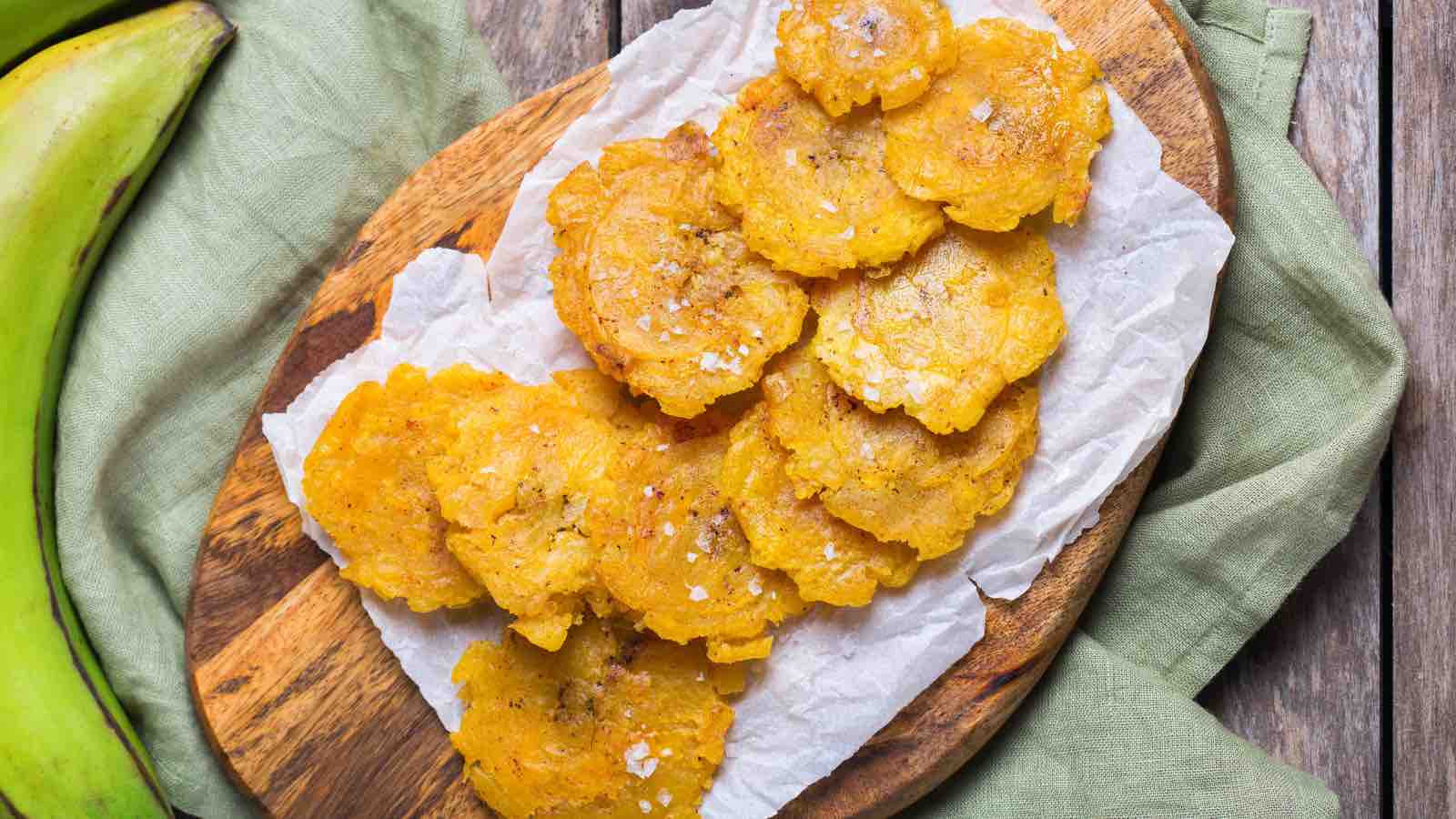Introduction: Exploring Haitian Cuisine
Haitian cuisine is a blend of African, French, and Indigenous influences. It is a reflection of the country’s complex history and rich cultural heritage. Haitian cuisine is characterized by bold flavors and spices that are used to enhance the natural flavors of ingredients.
Haitian cuisine features a wide variety of ingredients, such as plantains, yams, rice, beans, spices, and seafood. The cuisine is often served with fried or roasted meats, like pork, chicken, or goat, and is accompanied by spicy sauces and seasonings.
The Role of Religion in Haitian Cuisine
Religion plays a significant role in Haitian cuisine. The majority of Haitians are Roman Catholic, and many also practice Vodou, a syncretic religion that blends African and Indigenous beliefs with Catholicism. In Vodou, food is considered an essential part of spiritual practice and is often offered to the spirits as an offering.
Haitian cuisine is also influenced by the practice of fasting, which is observed during the Lenten season. During this time, many Haitians abstain from meat and dairy products and instead consume vegetarian dishes like rice and beans or legumes.
Dietary Restrictions in Haitian Cuisine
Haitian cuisine is generally not considered to have any specific dietary restrictions, but there are some considerations to keep in mind. Many Haitians avoid eating pork due to religious or cultural beliefs, and some also avoid seafood due to the risk of contamination in certain areas.
Additionally, some Haitians may have dietary restrictions due to health concerns, such as diabetes or high blood pressure. In these cases, it is important to be aware of the ingredients used in traditional Haitian dishes and to choose foods that are lower in sugar, salt, and fat.
Common Ingredients in Haitian Cuisine
Haitian cuisine features a wide variety of ingredients, but some of the most commonly used include plantains, yams, rice, beans, spices, and seafood. Plantains are a staple of Haitian cuisine and are often used to make tostones, which are fried plantain slices.
Yams are also commonly used in Haitian cuisine and are often boiled or roasted. Rice and beans are usually served together and are a staple of Haitian cuisine. Spices like garlic, thyme, and Scotch bonnet peppers are used to add flavor and heat to many Haitian dishes.
Traditional Haitian Dishes and Their Nutritional Value
Traditional Haitian dishes include griot, which is fried pork, and tassot, which is fried beef. These dishes are often served with rice and beans and are high in protein and fat. Haitian cuisine also features stews, like legume or pumpkin soup, which are often made with vegetables and meat and are a good source of fiber and vitamins.
Fritay, or fried food, is also popular in Haitian cuisine and includes dishes like fried plantains and akra, which is a fritter made from malanga root. These dishes are high in fat and calories and should be consumed in moderation.
Conclusion: Enjoying Haitian Cuisine while Respecting Dietary Restrictions
Haitian cuisine is a rich and diverse culinary tradition that is enjoyed around the world. While there are some dietary considerations to keep in mind, like avoiding pork or seafood or choosing lower-fat options, there are still plenty of delicious and healthy dishes to enjoy.
By being aware of the ingredients used in traditional Haitian dishes and making informed choices, you can enjoy the bold flavors and spices of Haitian cuisine while respecting your dietary restrictions. Whether you’re trying griot for the first time or savoring a bowl of legume soup, Haitian cuisine is sure to delight your taste buds and satisfy your hunger.

